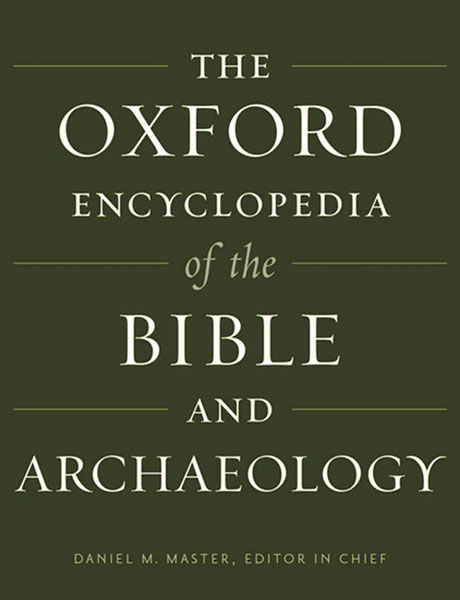
This two-volume set, The Oxford Encyclopedia of Bible and Archaeology, consists of 135 articles taken from the “more than a dozen volumes” comprising The Oxford Encyclopedia of the Bible and identified by the series editor, Michael D. Coogan, and the volumes’ editor-in-chief, Daniel M. Master, as being of greatest relevance to “Biblical archaeology,” which includes both the Hebrew Bible and New Testament. While room exists for a revised and extensive Bible encyclopedia to replace works like the Anchor Bible Dictionary, a review of these volumes reveals that they will not fill that void and, unfortunately, do little to advance the discrete contribution of archaeology to Biblical studies.
This work, as might be expected, consists of two types of entries: sites and subjects/themes. Insofar as the sites are concerned, the usual suspects appear with no substantive contribution to entries in existing reference works. The limited scope of the volume and the length of the articles mean that readers will not find sufficiently extensive treatments of these sites, for which The New Encyclopedia of Archaeological Excavations in the Holy Land (especially vol. 5; Israel Exploration Society and Biblical Archaeology Society, 2008) should be consulted instead, along with its better illustrations.
As but one example, while all five Philistine pentapolis sites are included, many other non-Israelite sites are omitted such as Tyre, Amman, Busayra, Wadi Feinan and Jaffa. And although some more recent excavations such as at Khirbet Qeiyafa, Ramat Rahel, and Rehov are featured, the volumes stretch their mandate by including entries on Pompeii and Herculaneum.
Already a library member? Log in here.
Institution user? Log in with your IP address.

